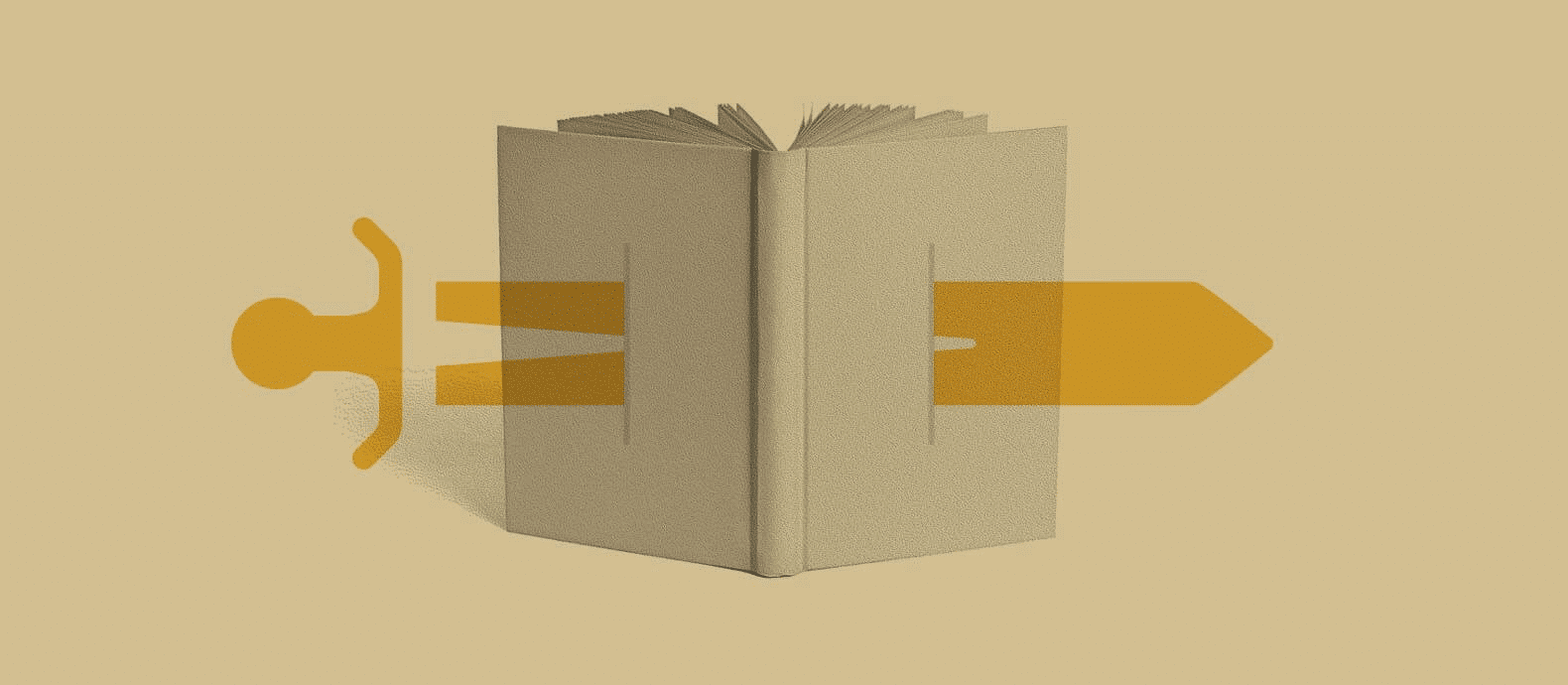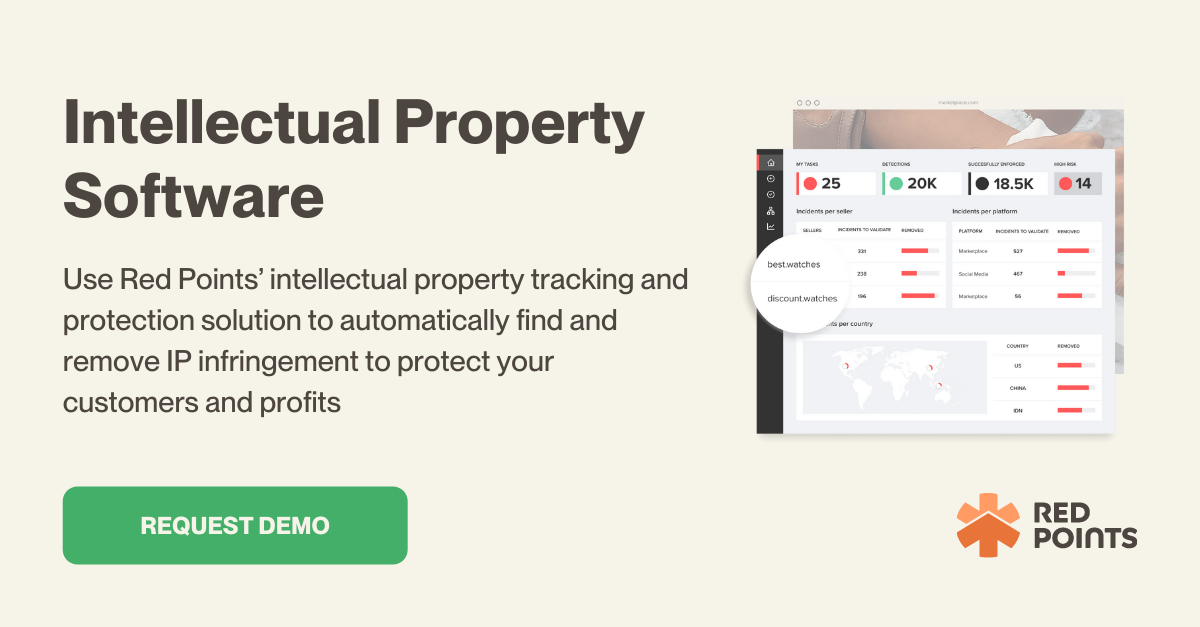
Table of Contents:
Last updated on: March 28, 2024
Understanding patent protection and filing for your own patent can be an intimidating process, but one that is absolutely necessary for individual inventors and brands. Obtaining a patent is an essential step to protect your unique invention and stop others from stealing and monetizing your own work. Learning the basics of how to protect a patent will prepare you for the filing process and take the stress out of protecting your invention.
Patents help to protect your unique inventions from being recreated and profited on by others. Unlike copyrights that apply automatically to content like books, music, and more, patents have to be applied for to be legally recognized. All inventors and brands should look into patent protection and understand which type of patent is best for their unique invention.
Here are the types of patents and what they protect:
Utility patents are the most typical kind of patent protection that can be filed to protect a physical invention. These patents involve a typically long, technical form that includes how the product works, uses, etc. Utility patents protect these inventions from being reproduced by other creators and brands.
Provisional patents can help you protect your inventions for products not yet created. If you can prove that you have created a new invention or system and that it works, you can file for a provisional patent. Be aware that a provisional patent is only intended to be temporary and will expire if a utility patent isn’t filed within a year.
While utility patents protect physical inventions serving a unique purpose, design patents protect the decorative or stylistic aspects of a product. Coke bottles, for example, have a unique design that has a design patent protecting it from being replicated by other brands. Many invention owners have doubts about the difference between utility patents and design patents; if you find yourself confused, this article can help.
Yes, even plants can be patent protected. Horticulturists can protect unique plants they have created by combining cuttings to create hybrids. These unique plants are then patent protected from being recreated and profited off of by others.

Every patent application process will vary depending on your unique invention and the specific patent you need. For a full guide on submitting each type of patent, you can visit the U.S. Patent and Trademark Office (USPTO) and read their guide here. Typically, patent forms can be found and filled out completely online, and are fairly simple as long as you have the proper information.
Gathering and putting together the required information you will need is likely the most time-consuming part of the patent filing process. Ensure you read and understand the patent requirements so you can get everything together beforehand. These requirements will include in-depth technical information about your invention and how it works, as well as a filing fee to process your application.
The price of obtaining a patent can vary greatly from case to case. Each type of patent will have its own filing fee, and some more complex patents may incur more costs than simple inventions. Because some patents require hiring an attorney to assist in the process in addition to filing fees, obtaining a patent can end up being pricey.
A simple idea from an individual or small business, for example, could cost less than $1,000 to file and obtain a patent. A more complex invention or system will likely require more legal work and can run up quite the bill. With average patent filing costs ranging between $6,000 – $12,000, patent protection is a serious investment that you should be well-prepared for.
In fact, the price listed above doesn’t even cover the fees you will have to pay over your invention’s lifetime. Patents are not indefinite and have to be regularly updated and/or reinstated, which means you will incur more fees on top of your original registering fees. Maintenance fees won’t run you nearly as much as filing fees, but they are still something to plan for throughout the patent protection process.
Patents don’t last forever, but you luckily won’t have to worry about yearly maintenance filing or fees. In most cases, patents generally last 20 years before they need to be updated. These refiling fees typically cost a few hundred dollars, but again this can vary.
If your patent needs to be updated in any way, you may end up needing legal assistance to ensure you make the correct adjustments. This will, of course, run you a higher bill.
The patent protection process certainly isn’t a cheap one, but it’s essential to protect your invention. You may run into far more costly issues down the road if you don’t properly protect your invention from the start. While it may be expensive now, your patent protection will be invaluable in the case that an unauthorized party attempts to capitalize on your invention.
Patents offer legal ownership of your invention(s), but that doesn’t automatically stop scammers from trying to steal it, regardless. Anyone can steal your patent by illegitimately using it on their products, which often appear to be counterfeit products. Counterfeits infringe on your intellectual property and sell your invention for a cheaper price, which can have devastating consequences. Patent holders need to understand that their intellectual property is still at risk of being stolen and utilized by scammers, especially online. Online protection of a patent continues to become more vital as the number of fake websites and counterfeit sellers rise all over the web.
Patent protection doesn’t end at the filing process; instead, it becomes your responsibility as the patent holder to enforce your patent and protect your invention. Here’s what you need to know about how to protect your patent if you identify infringement has occurred:
You can file a court case to address the infringement of your patent. A full court case will be timely and expensive, so you may want to try other alternatives beforehand, like sending a DMCA takedown notice. If that proves unsuccessful, you should move forward by pursuing legal action.
Online marketplaces, ecommerce sites, and social media platforms are all breeding grounds for scammers infringing on patents for profit. Monitor these sites for infringements by searching for listings that describe the main functions of your product.
This is a good way to identify infringements on your patents, even if the seller has changed the name of the product in their listing. If your invention is a wooden photo frame, for example, try to use those keywords when researching for listings, rather than your exact product name.
The legal process can be quite lengthy regarding patent infringements. Even if you can prove your patent has been stolen, it can still take a long time to be taken down. Scammers can steal revenue from you by continuing to use your patent at this time, and they put your reputation at serious risk as well.
Luckily, there is an easier solution that can help you take down these infringements and protect your patent immediately after they occur. Red Points’ Intellectual Property software solution can monitor your patent online and identify infringements whenever they occur.
Rather than leaving you to deal with these infringements, this software can report them and complete the takedown process for you. This can save you an immense amount of time and money and keep your patent protected with minimal effort on your part.
Protecting your patent on your own can be virtually impossible with the growing amount of scammers infringing on intellectual property online. Red Points can help you protect a patent.
The benefit of using our software is the technology. With our advanced copyright infringement software, your patent will be protected 24/7, and you’ll never have to worry about missing an infringement. The speed of the software will protect your patent from having further infringements, all running in the background so you can focus on your work. Learn more to see for yourself how Red Points can offer the ultimate protection of your patents and bring you peace of mind.
